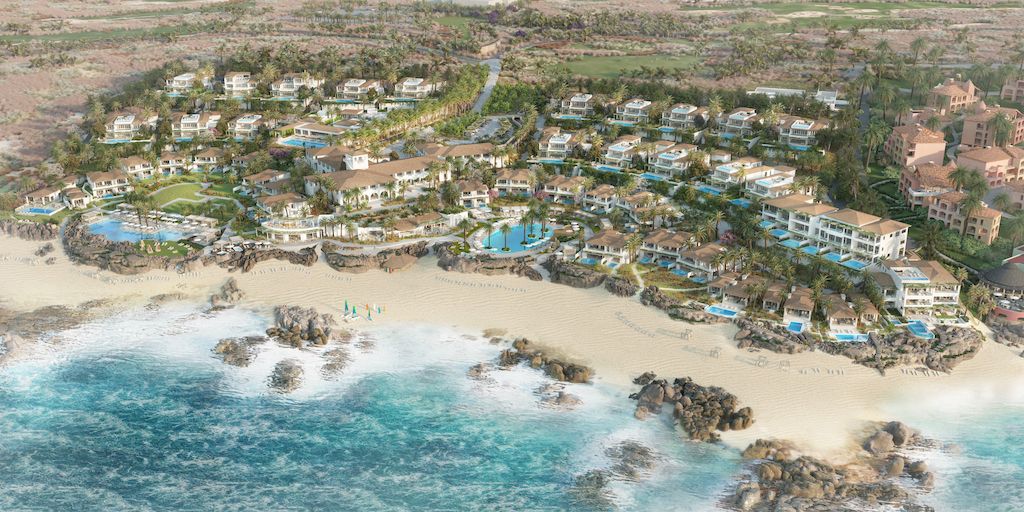With the destructive force of every earthquake in his city, says San Francisco Examiner online architecture critic George Calys, also comes the opportunity to rethink the city’s built environment.
The most vivid example is the 1906 quake and fire. Nearly every building pictured in the embedded video here, taken four days before that seismic event, was destroyed. Many of the people depicted were among the 3,000 who lost their lives.
But immediately afterwards, the city unleashed an almost unbelievable flurry of creativity to reconstruct itself.
“They rebuilt quickly, out of sheer political and civic will,” George said. “People were determined that the city would come back. And the World’s Fair of 1915 was held here, to show the whole world that the city was back.”
The 1989 seismic event known as the Loma Prieta earthquake, though not as devastating as the 1906 quake, caused residences to slide off their foundations and highways to collapse. Sixty-three people died, thousands were injured and 100,000 buildings were damaged.
But later, seismic upgrades were made to a number of buildings – most notably to City Hall and the Beaux Arts Opera House. Perhaps the most optimistic outcome came near the San Francisco Bay, where the Embarcadero Skyway had been built during the heady days of urban renewal.
That freeway, damaged in the quake, was torn down. In its place now is one of the city’s finest greenways. “The city created a wonderful bayside boulevard where people can walk, skate, ride bikes, run and drive,” George said. “It’s made the bay accessible to all the people.”
Oakland saw its share of damage also. There, the Cathedral of Christ the Light was rebuilt with a design by Craig Hartman of SOM. “It’s the best piece of architecture there in the last 20 years,” George said.
And the M. H. de Young Memorial Museum at Golden Gate Park, severely damaged, was rebuilt with a design by Swiss-based Herzog & de Meuron. It faces the California Academy of Sciences by Renzo Piano.
“Now there are some really fine contemporary designs by modern masters,” George said. “We also have the Contemporary Jewish Museum by Daniel Libeskind.”
San Francisco is, he said, a great urban laboratory – 49 square miles of architecture surrounded on three sides by water.
It’s also a living symbol of the human will to persevere – and to replace the havoc wrought by natural forces with structures of man-made beauty.
[slideshow id=288]

